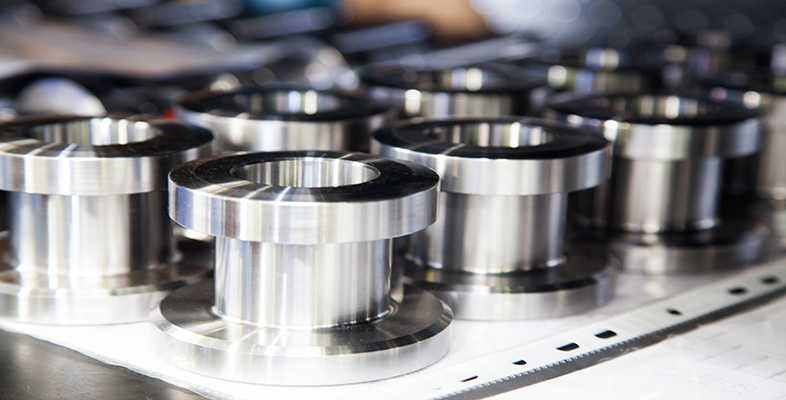7.10 Scratch-resistant coatings
All polymer lenses ideally require coating to provide at least a similar scratch resistance to glass. The thickness of a typical scratch-resistant coating is about 2 μm. PMMA lenses are generally coated with a thin layer of the polymer CR39, which has a greater hardness than the thermoplastic PMMA. Other abrasive-resistant coatings are based on either using harder polymers such as polysiloxane, or using a silicate-based glass on the polymer surface. One of the critical factors with using scratch-resistant coatings is in ensuring that there is good adhesion between the coating and the lens.
Scratch-resistant coatings can be applied using PVD, an alternative method called chemical vapour deposition (CVD), or by methods such as dipping or spin coating. If the coating is being deposited onto a polymer lens, then special care must be taken with PVD to avoid heating and distorting or melting the lens material. The advantage of the dip or spin coating is the speed with which it can be applied. However, in some cases, a PVD or CVD coating can be much more effective.
Of the coatings available, one coating, called diamond-like-carbon (DLC) is particularly effective. DLC offers many of the properties of diamond, thus it gives a wear-resistant chemical barrier and can be applied to metal, ceramic, glass, and plastic. For spectacles, DLC has two main advantages: it is optically transparent and it is extremely hard.
DLC film is deposited by starting with a carbon-containing gas such as acetylene to provide carbon atoms to deposit onto the substrate.
DLC films have advantages in that their mechanical properties can be carefully controlled by varying the amounts of hydrogen in the deposition process. The properties of the film depend on the nature of the chemical bonding in the coating, and whether it most resembles the bonding in graphite or is more like that found in diamond – two substances that are composed entirely of carbon. For spectacles it is obviously important that the film is transparent, and fortunately, diamond, the harder of these two options, is also the more transparent. The mechanical properties of DLC can therefore be tailored to the requirements of a particular product simply by changing the deposition conditions.
